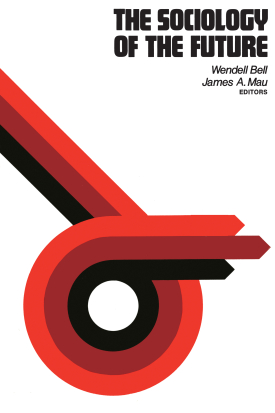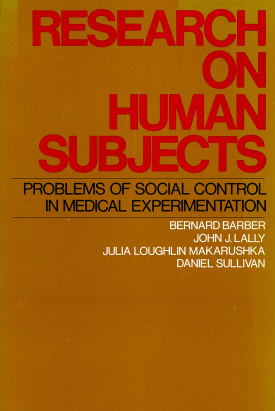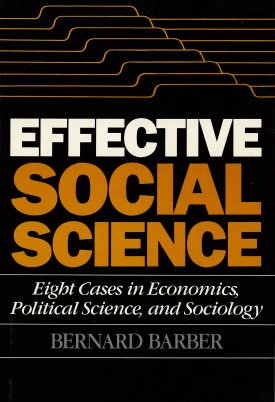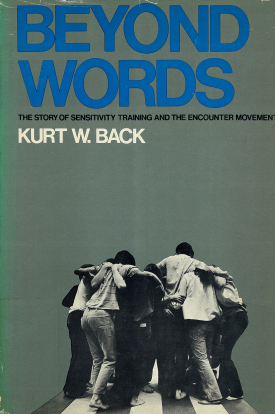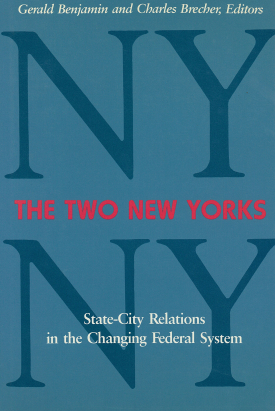
The Two New Yorks
About This Book
Over the past eight years, a marked shift in the national political mood has substantially reduced the federal government's involvement in ameliorating urban problems and enhanced the prominence of state and local governments in the domestic policy arena. Many states and big cities have been forced to reassess their traditionally vexed relationships.
Nowhere has this drama been played out more stormily than in New York. In The Two New Yorks, experts from government, the academy, and the non-profit sector examine aspects of an interaction that has a major impact on the performance of state and city institutions. The analyses presented here explore current state-city strategies for handling such troubling policy areas as education, health care, and housing. Attention is also given to important contextual factors such as economic and demographic trends, and to structural features such as the political framework, relationships with the national government, and the system of public finance.
Despite its uniquely large scope, the drama of the new New Yorks parallels or presages issues faced by virtually all large cities and their states. This unprecedented study makes a vital contribution in an era of declining federal aid and pressing urban need.
GERALD BENJAMIN is at SUNY New Paltz.
CHARLES BRECHER is at New York University.
CONTRIBUTORS: Richard D. Alba, Mary Jo Bane, Gerald Benjamin, Robert Berne, Susan Blamk, Barbara B. Blum, Matthew Drennan, Barbara Gordon Espejo, Ester Fuchs, Cynthia B. Green, James M. Hartman, Raymond D. Horton, Sarah F. Liebschutz, David Lewin, Irene Lurie, Paul D. Moore, James C. Musselwhite Jr., Martin Shefter, Kenneth E. Thorpe, Emanuel Tobier, Katherine Trent,

